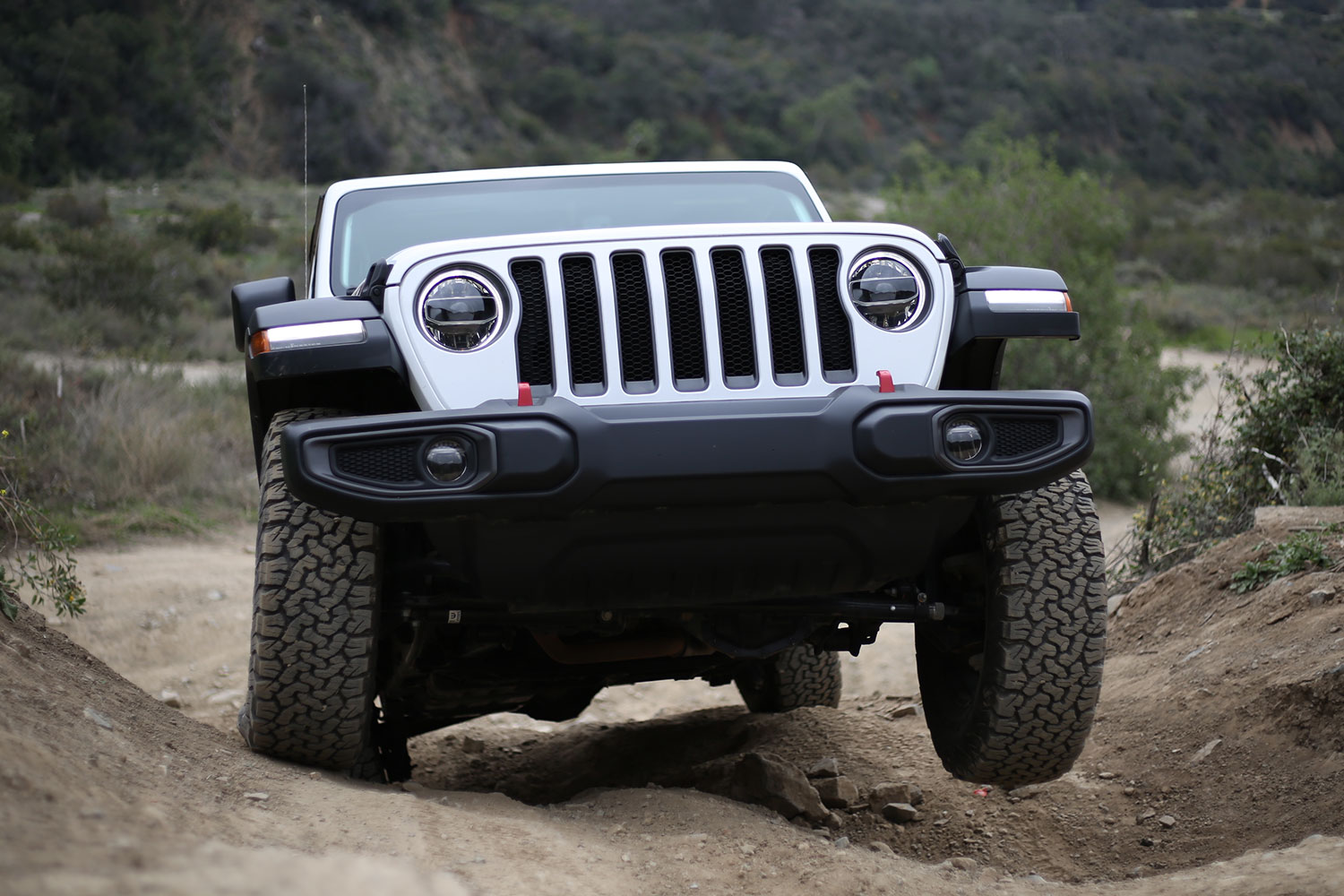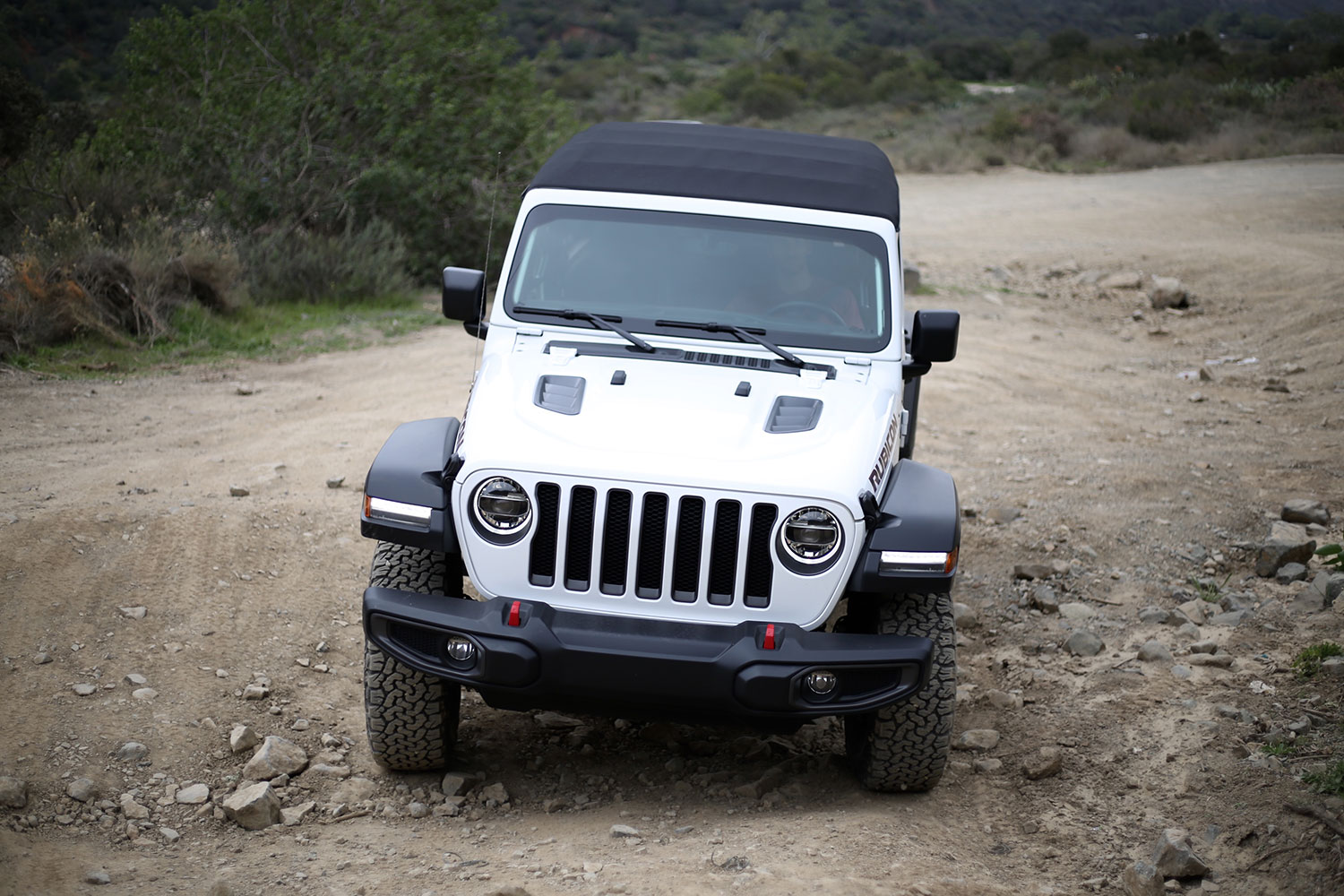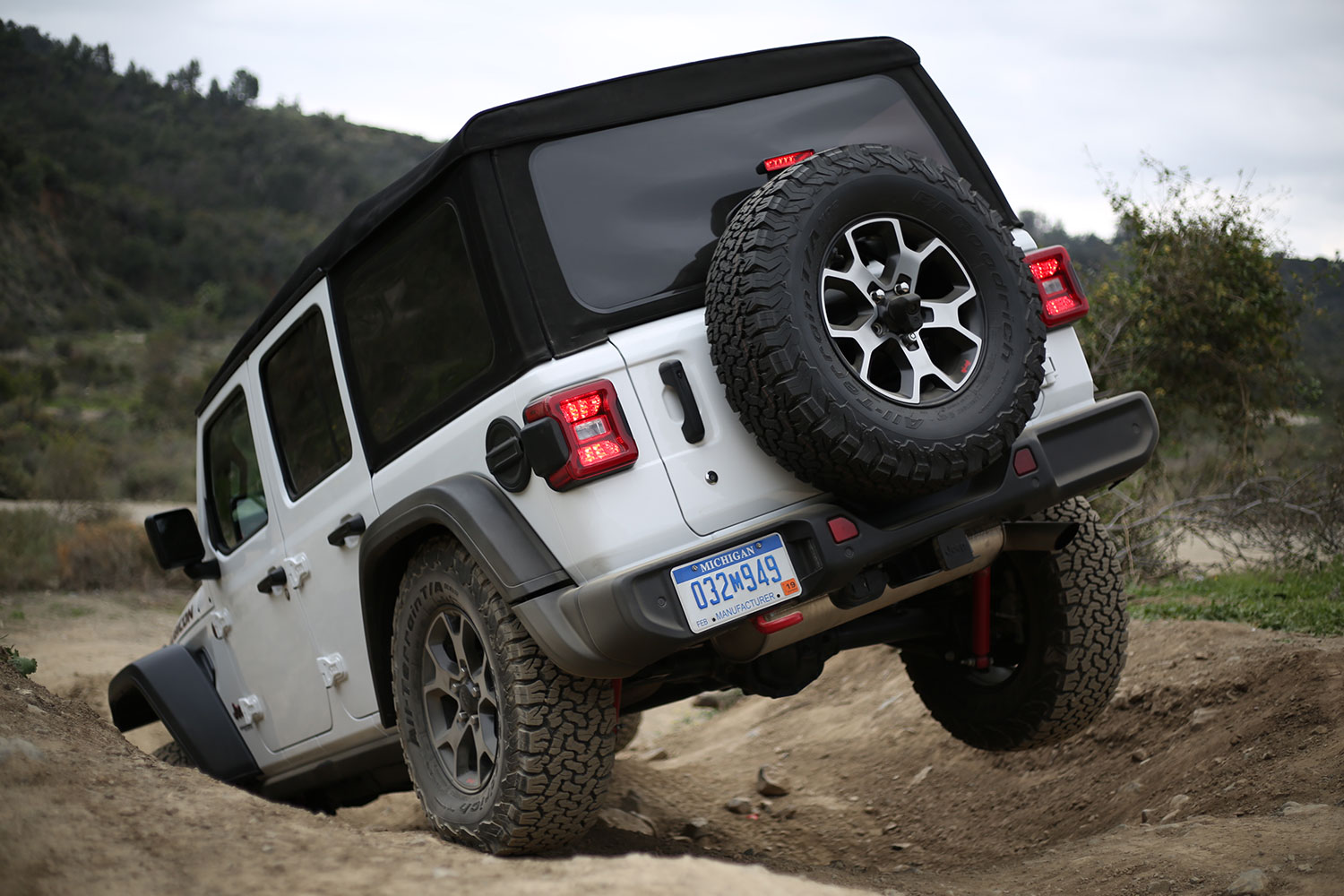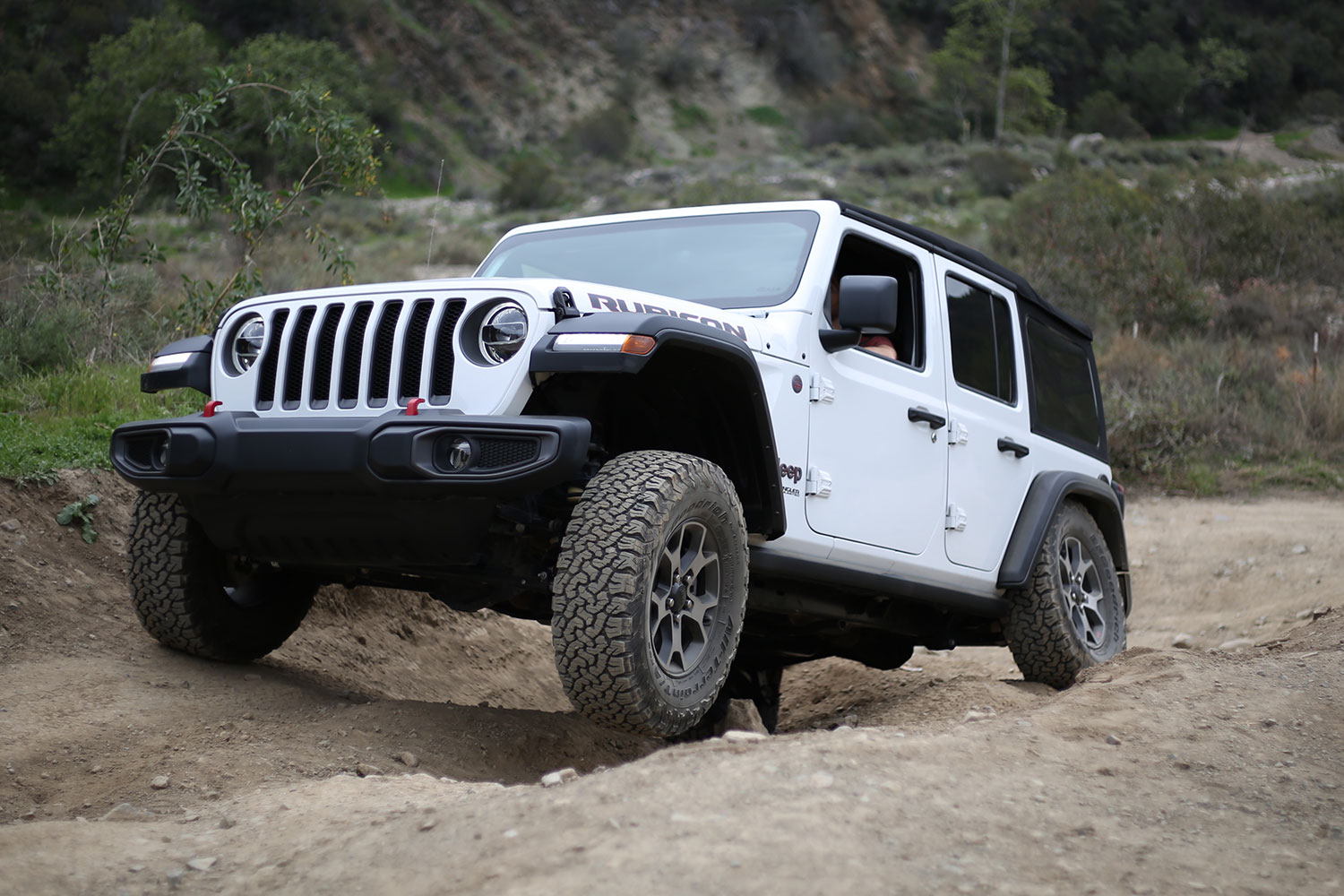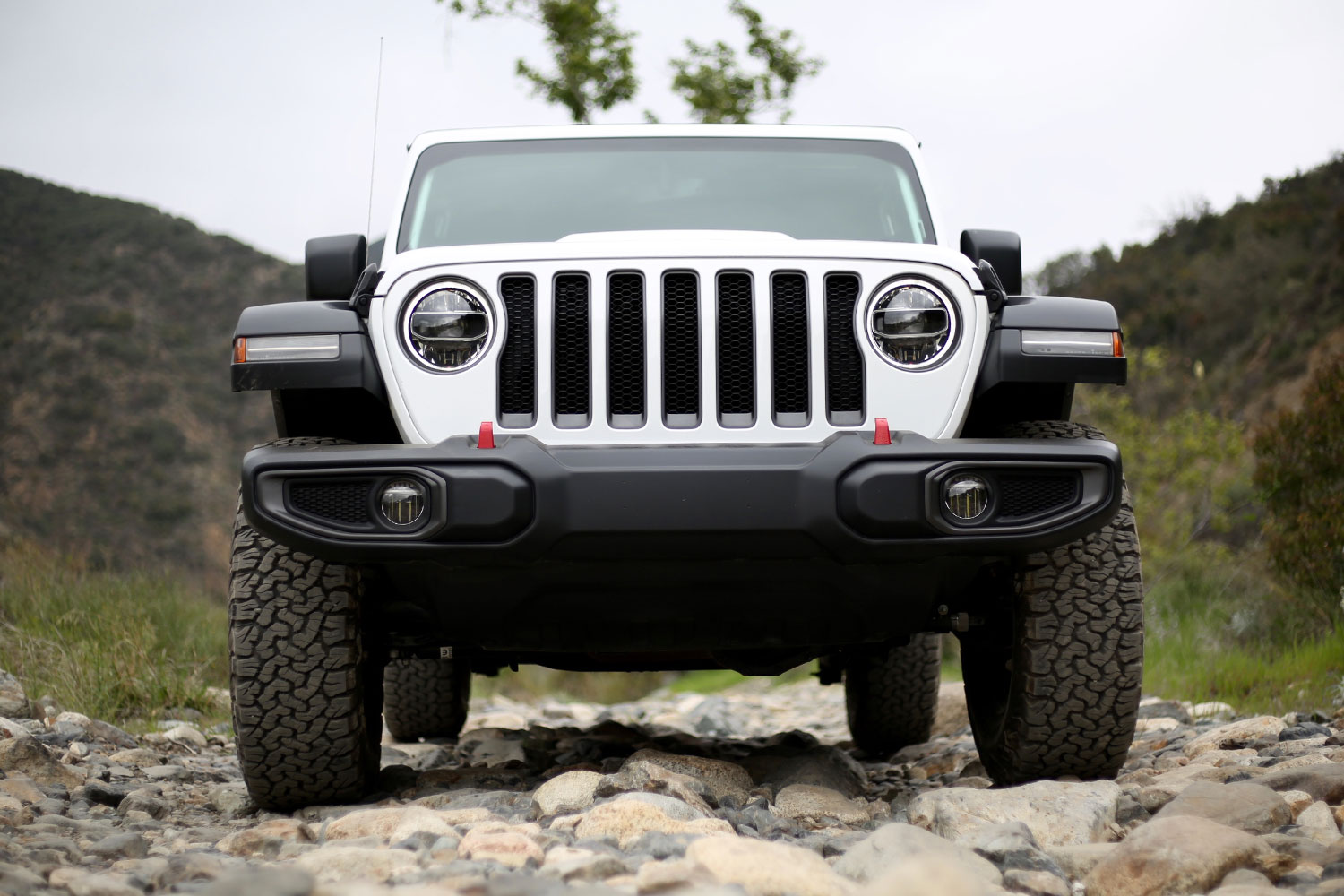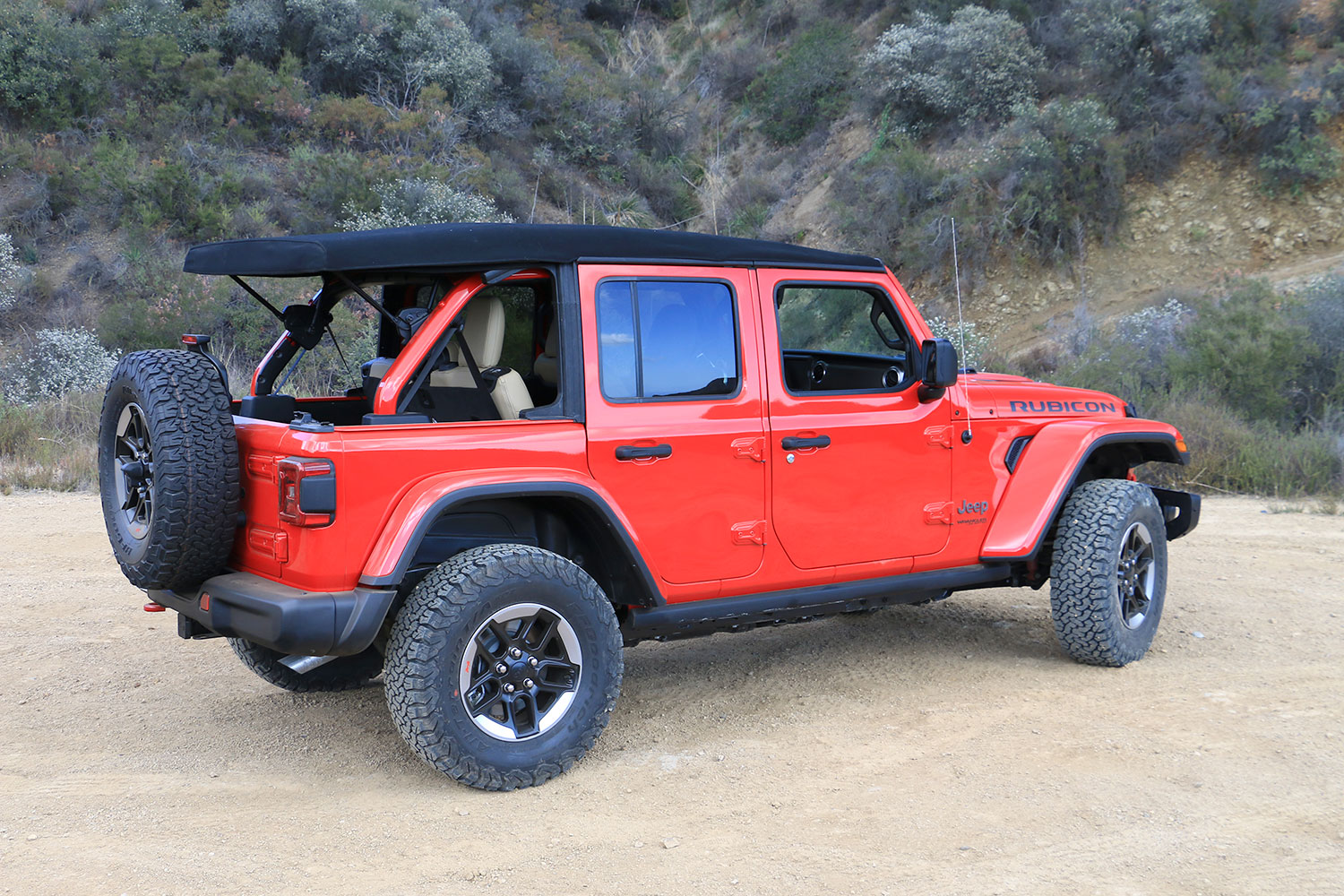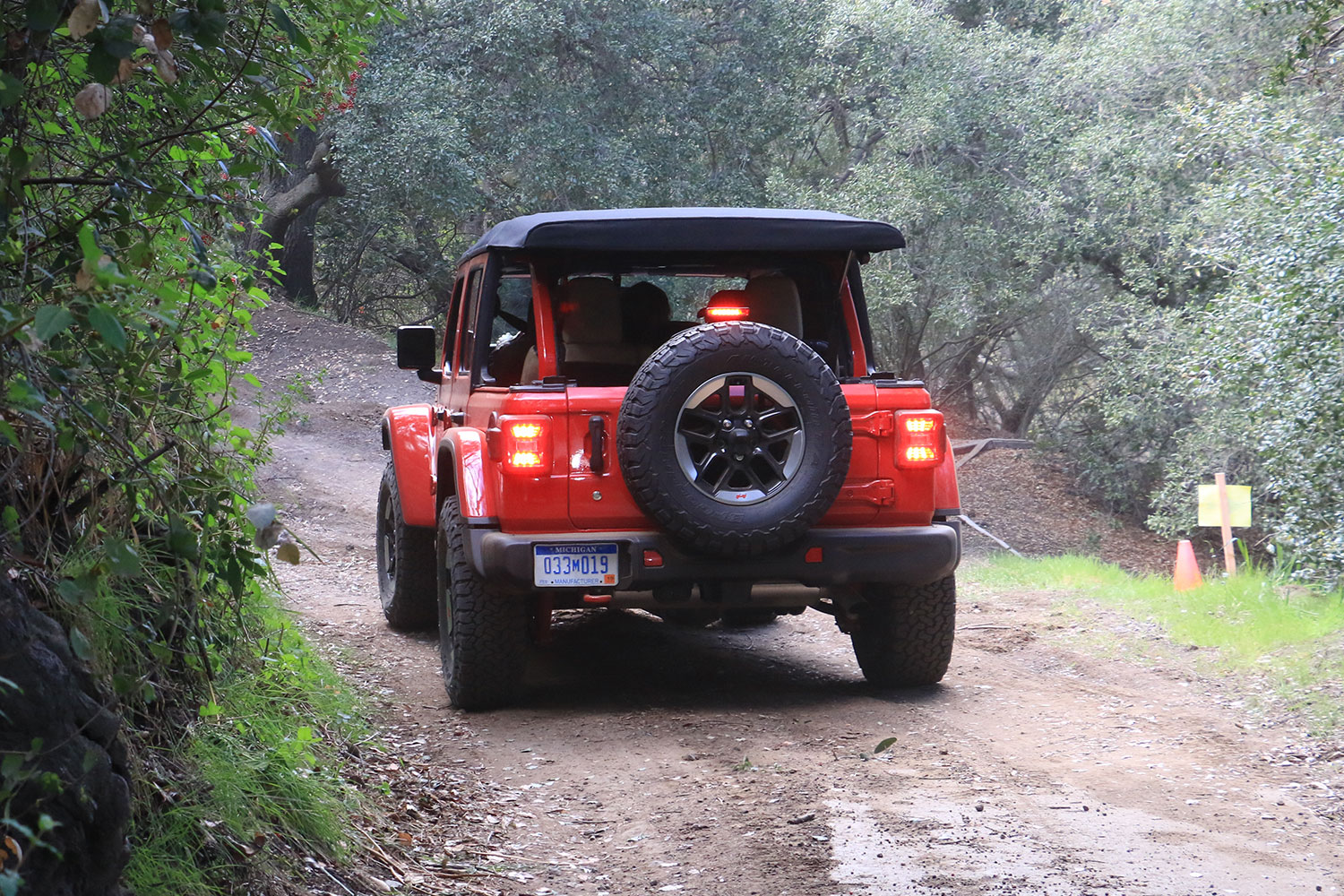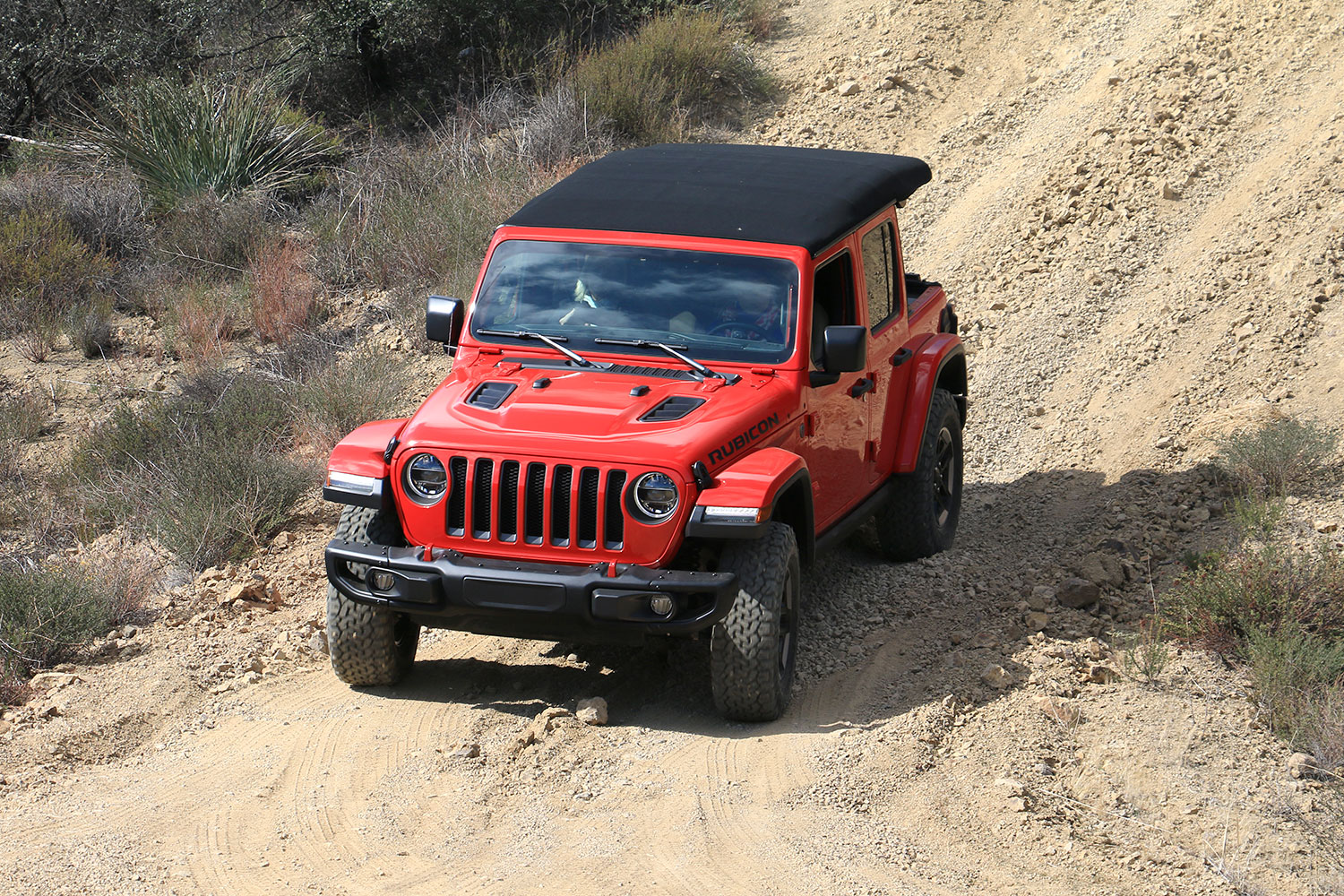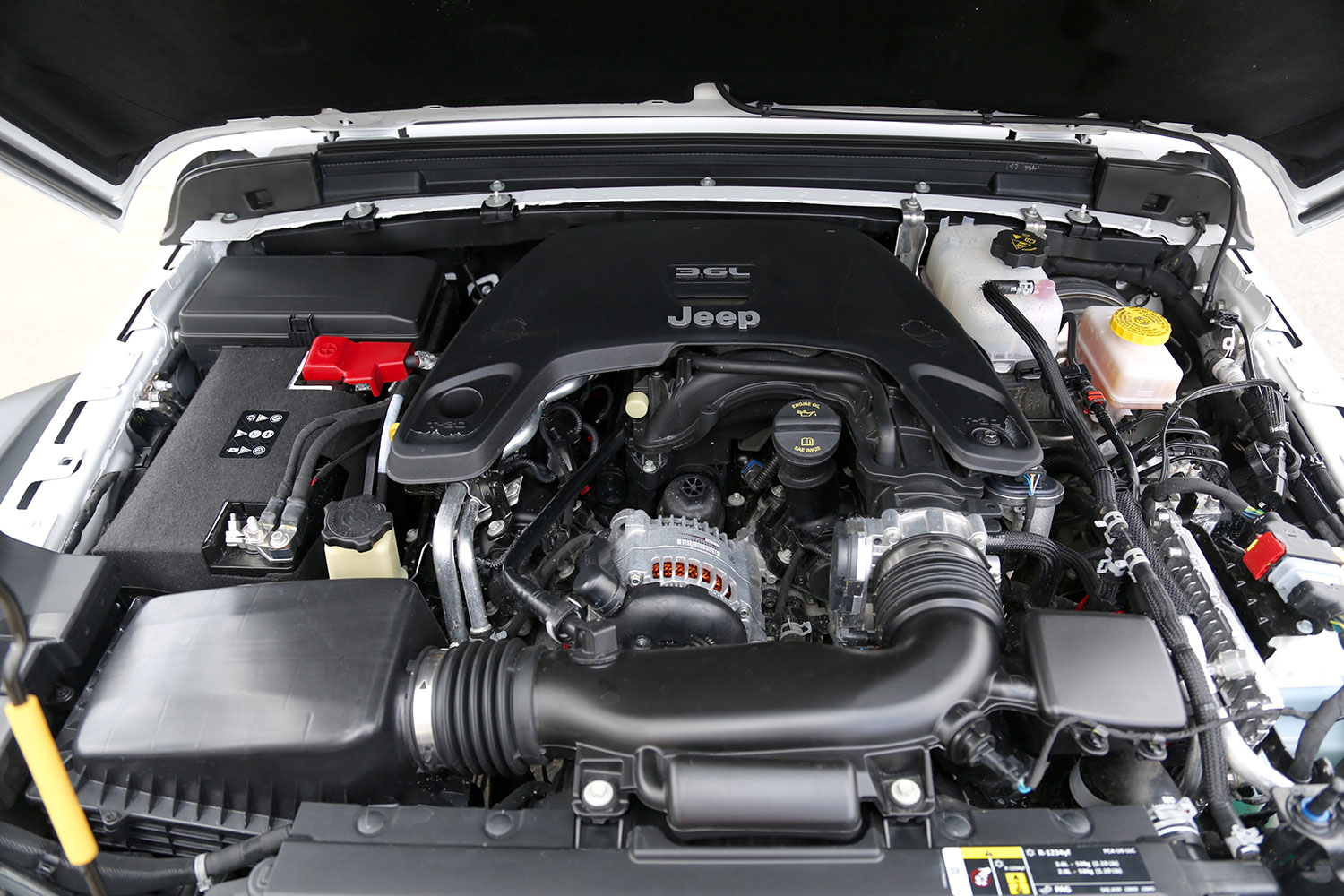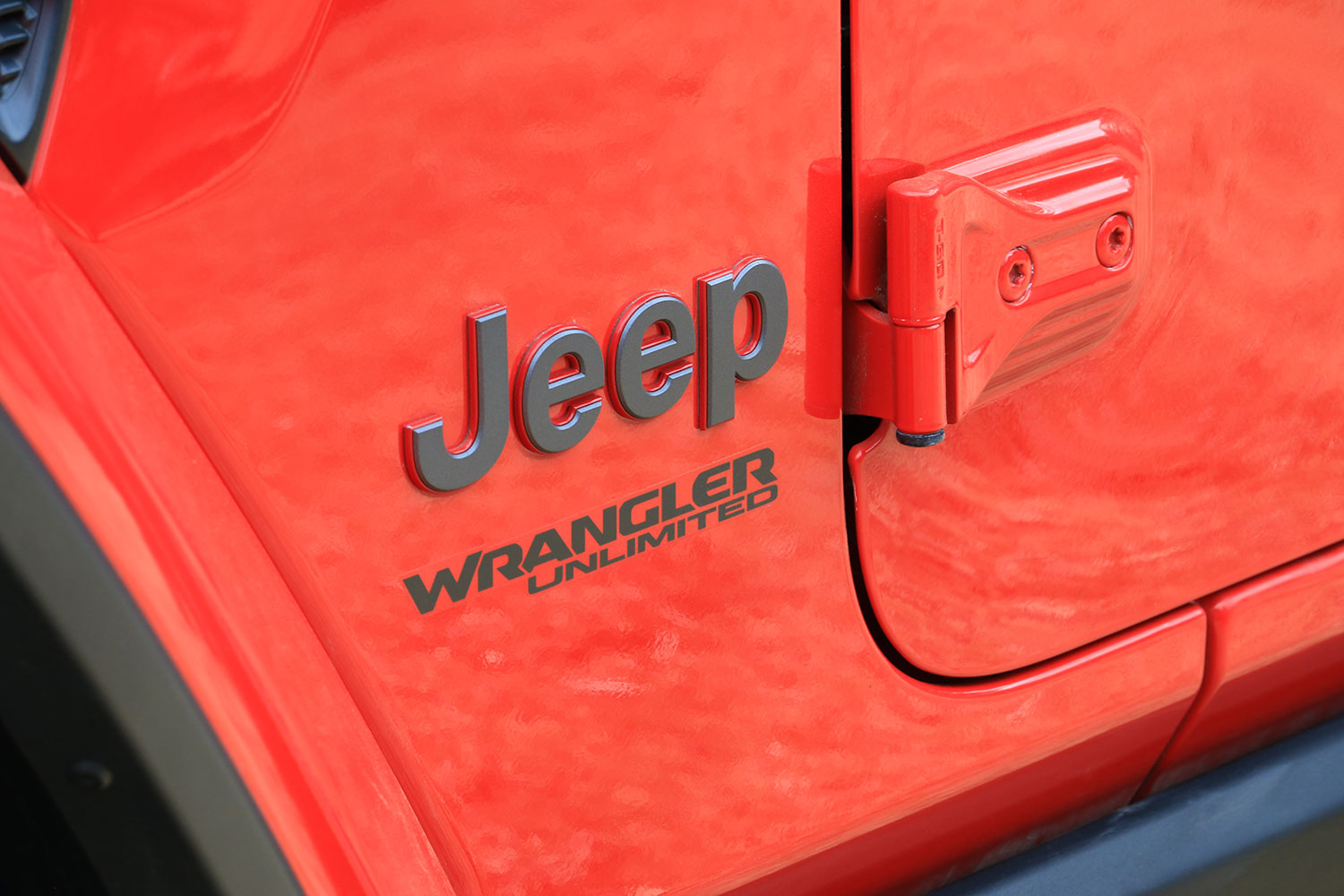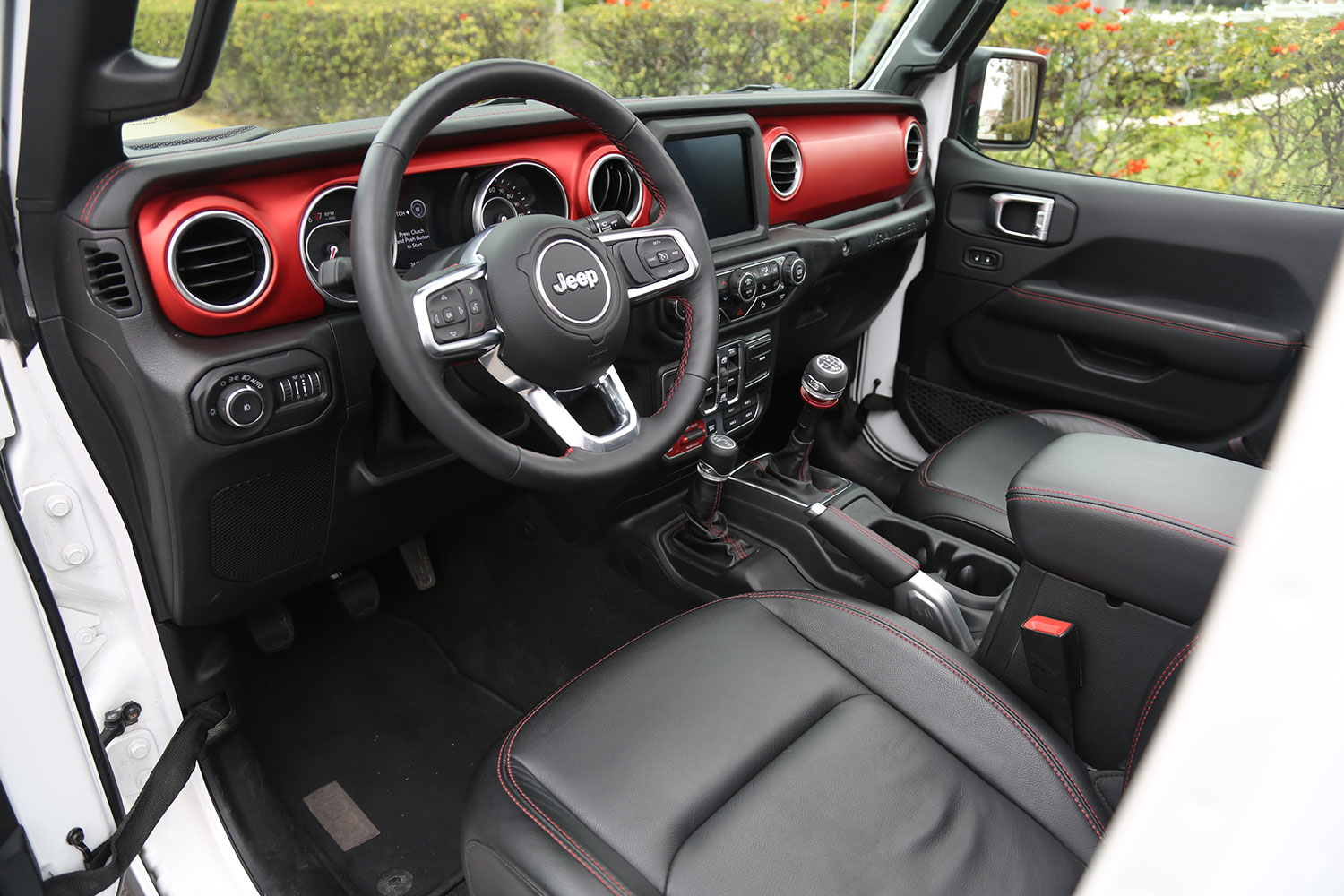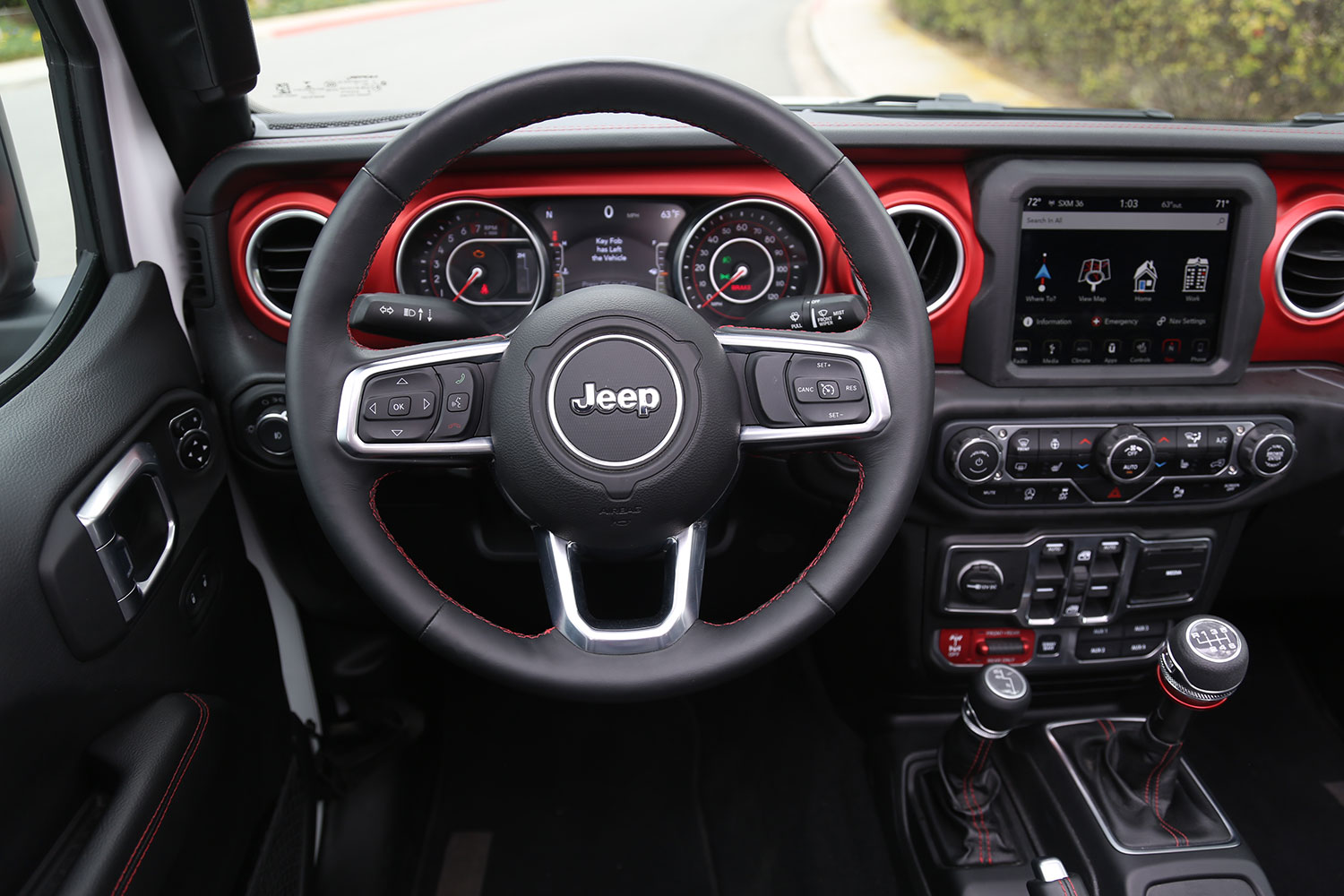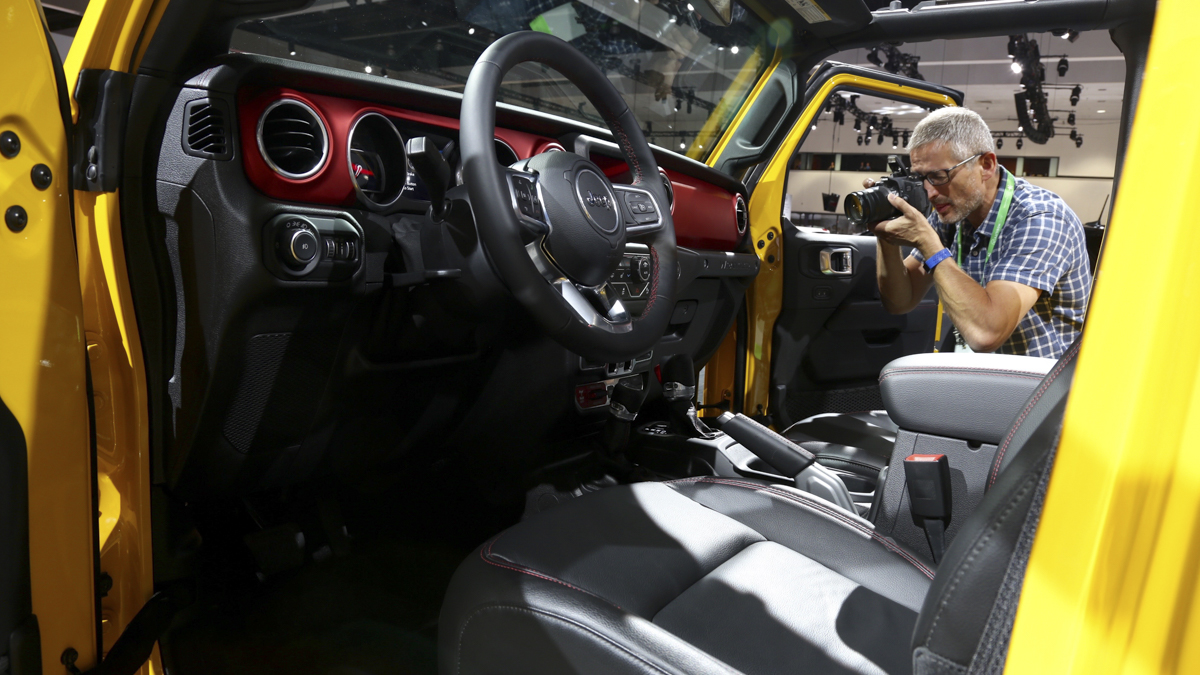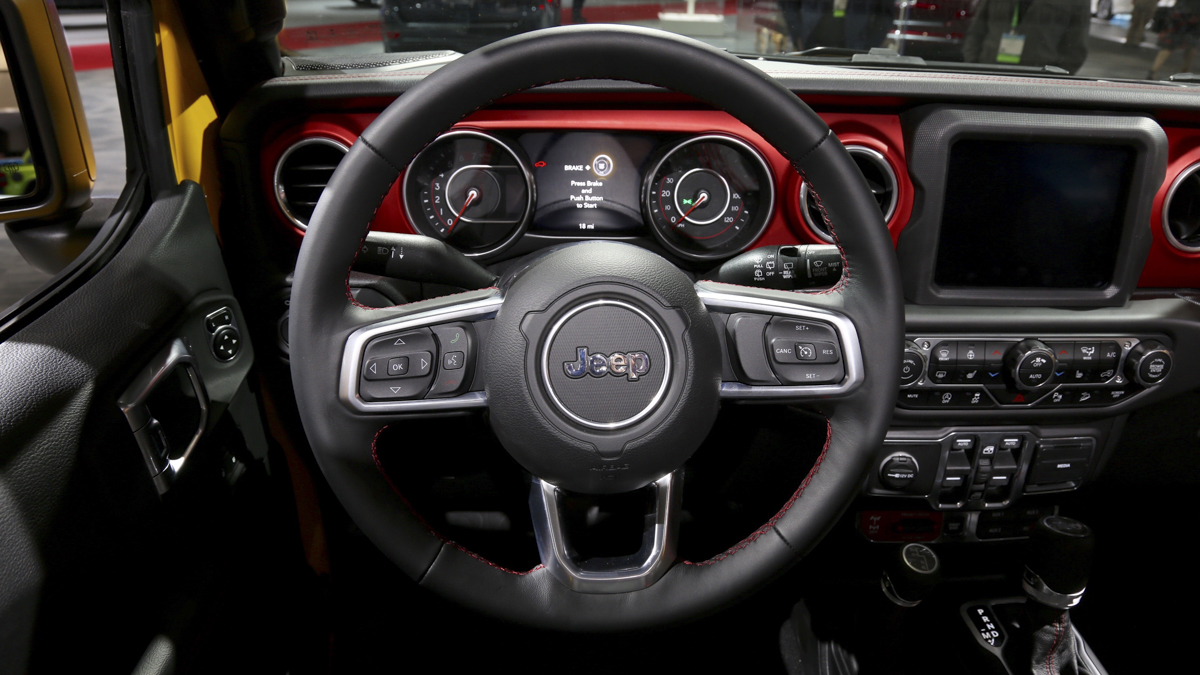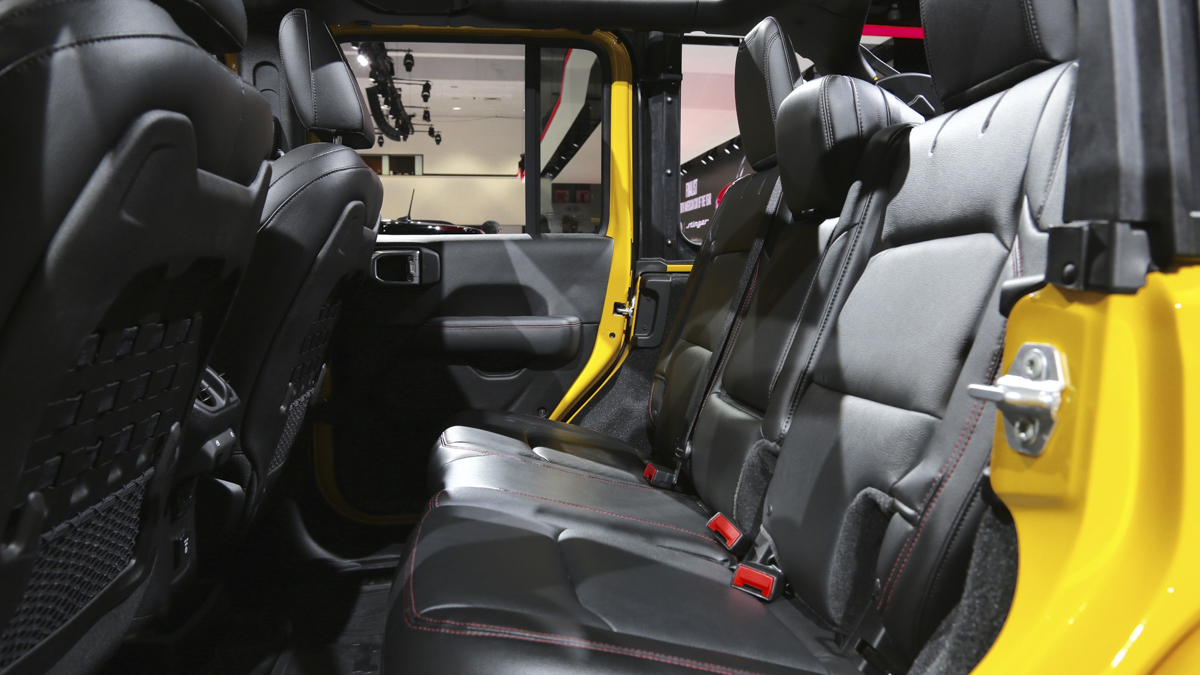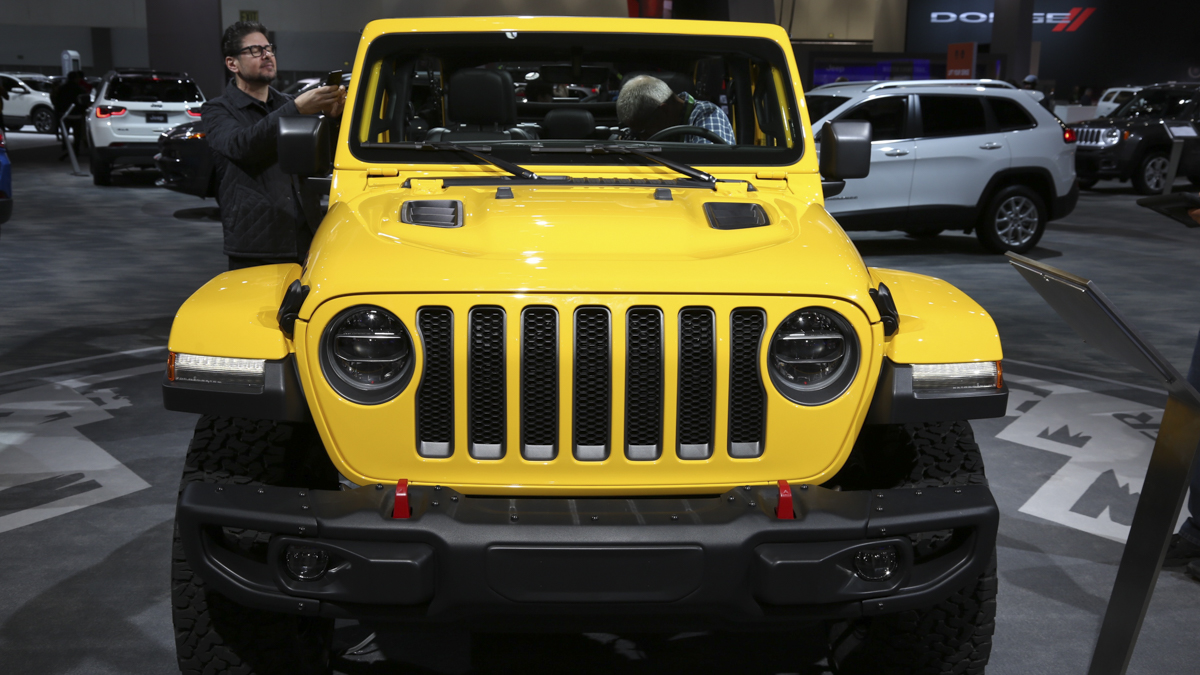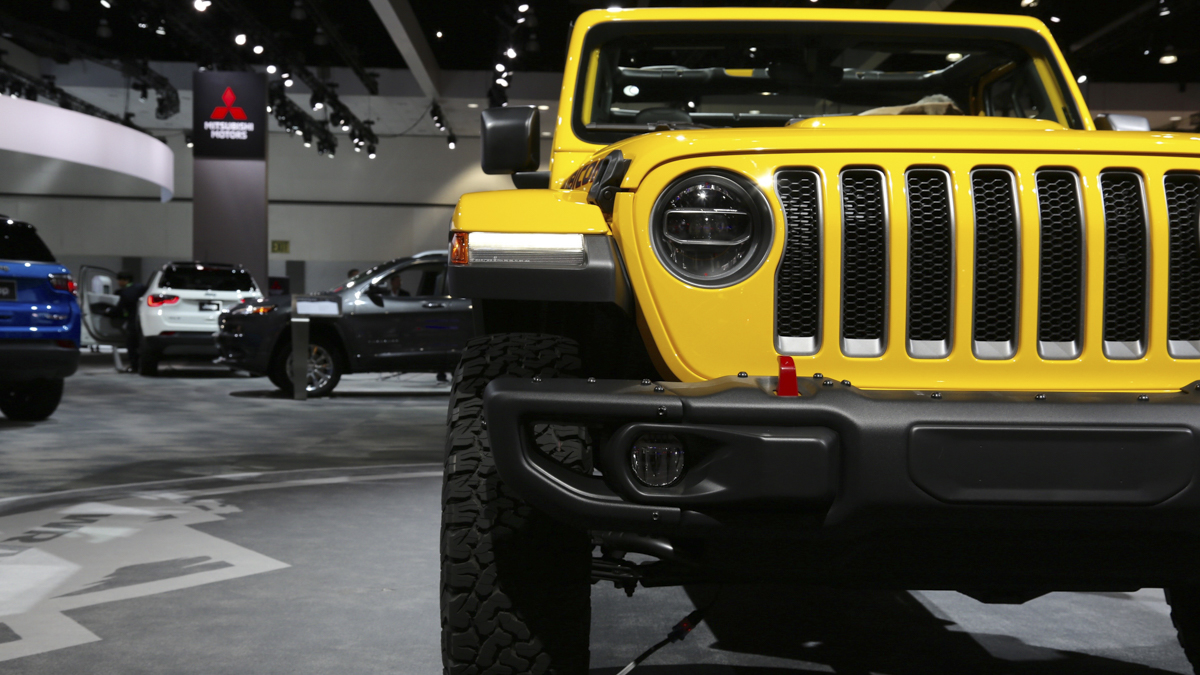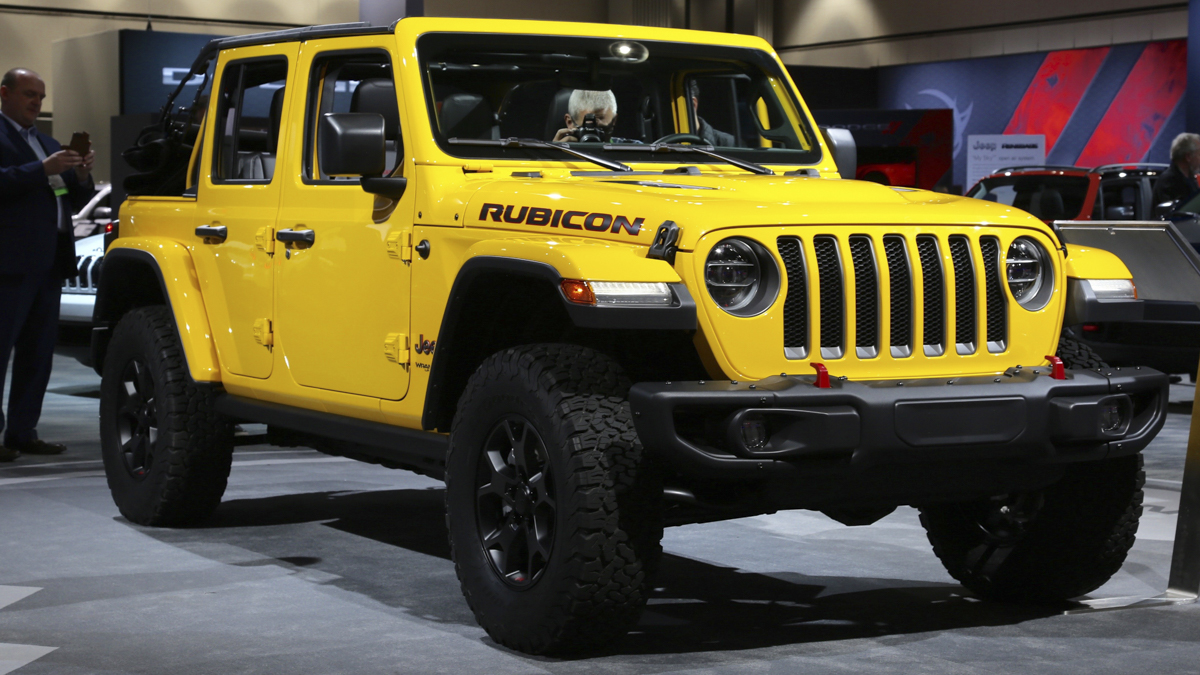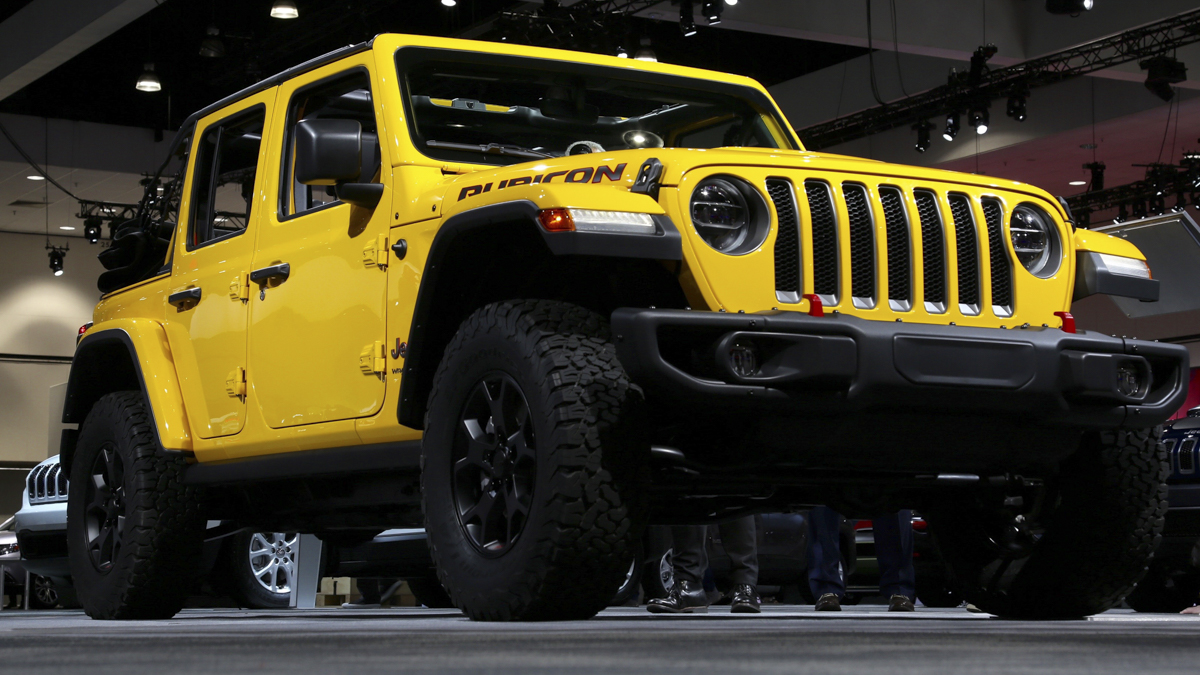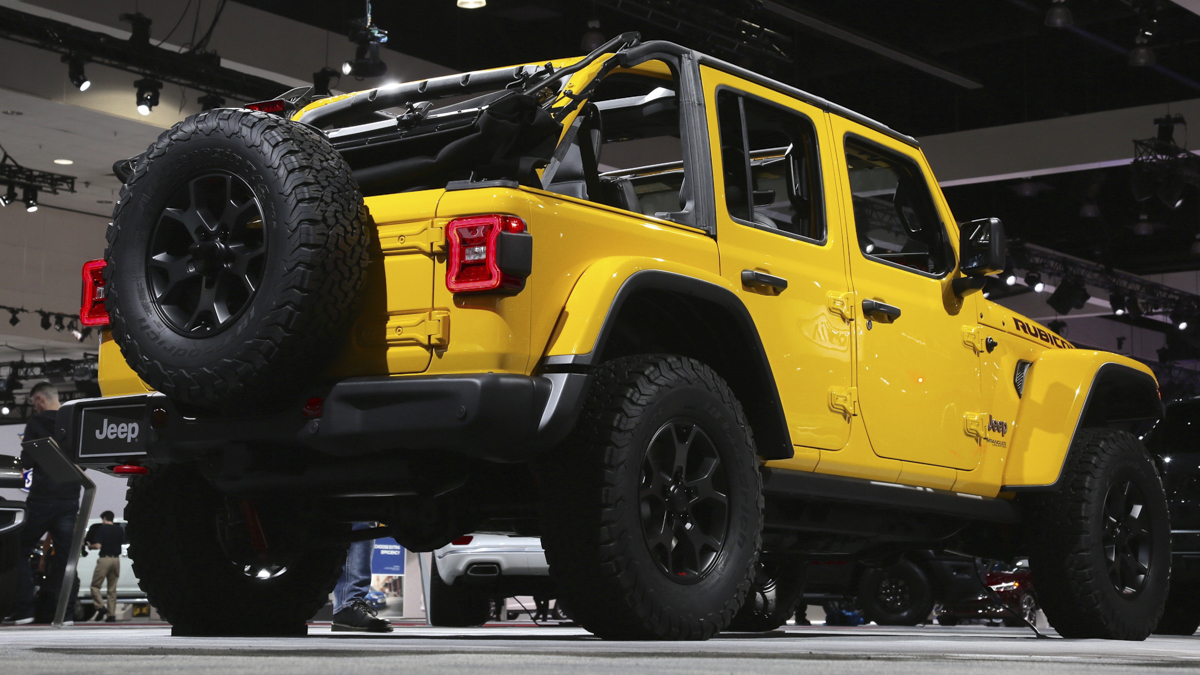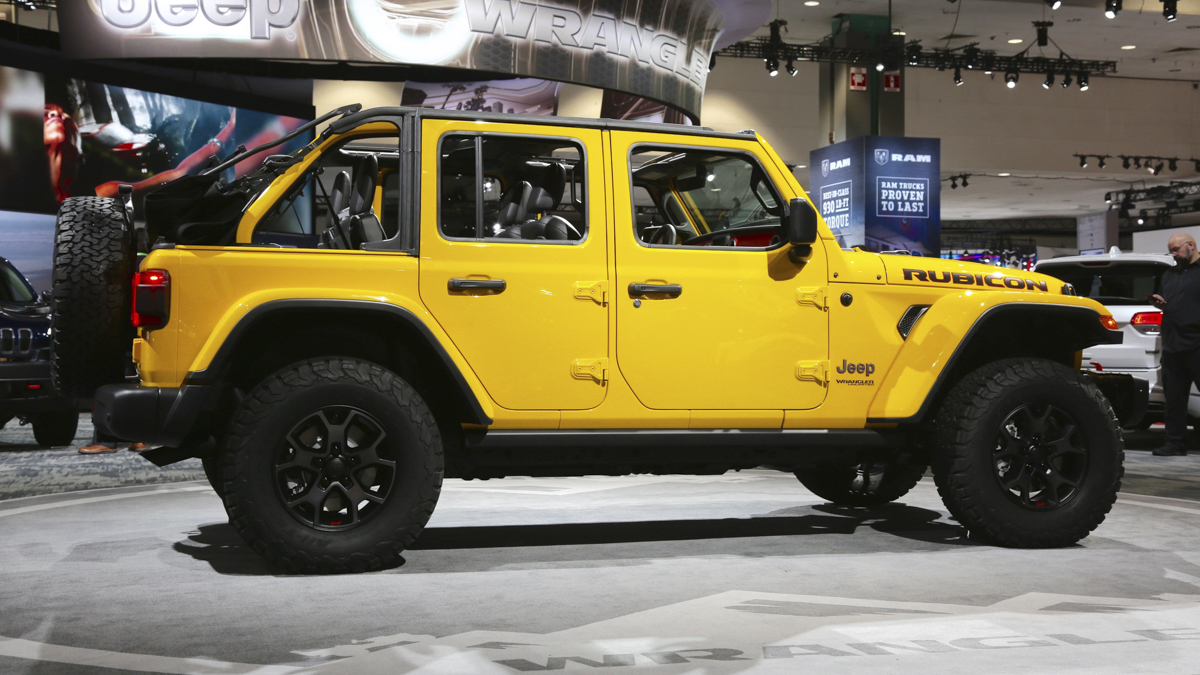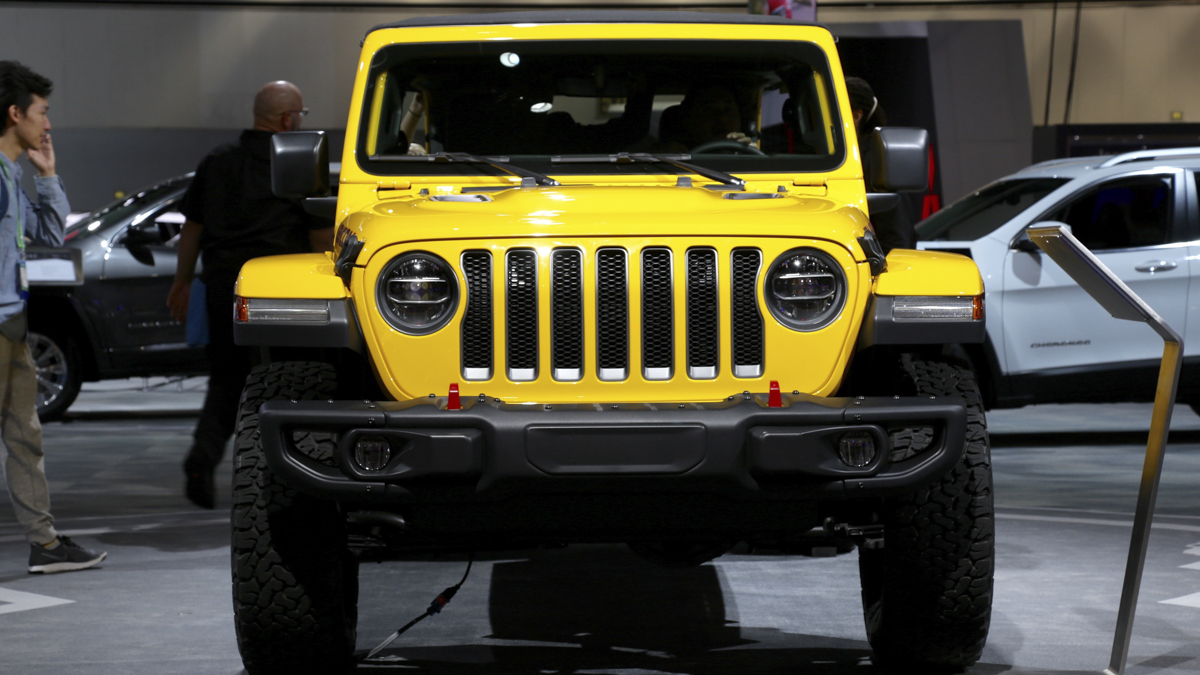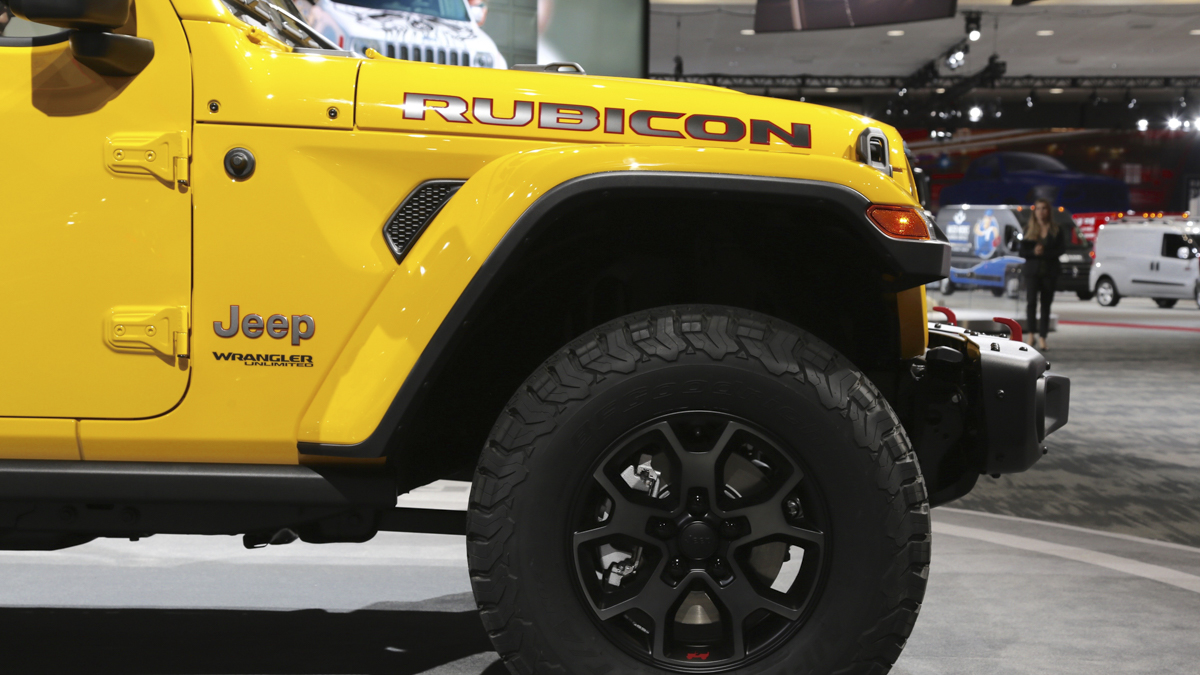Revamping an icon like the Jeep Wrangler is not a task to be taken lightly. Arguably the most recognizable 4×4 ever made, the Wrangler has a fan base as strong (and picky) as any enthusiast vehicle. If Jeep botched the redesign of its new Wrangler, you’d better believe there would be hate-mail spilling out of every executive’s inbox.
After 11 years of the current “JK” generation Wrangler, including the introduction of the first four-door (Unlimited) body style in the model’s history, the “JL” generation takes over in 2018. Jeep has teased us with photos and information pertaining to the new 4×4 for quite some time, but this year’s LA Auto Show was our first clear viewing of the JK replacement. Not only did we get to pour over all the JL’s visual enhancements, we got the full scoop on powertrains, transmissions, and packaging.
So, without further ado, here’s everything we know about the 2018 Jeep Wrangler.
Exterior Design

Working from the outside in, the new Wrangler might easily be mistaken for the old one based on a quick glance — but that’s by design. Wrangler fans love the SUV’s boxy, rugged styling, so Jeep didn’t want to stray too far from those roots. As such, the new Wrangler two-door is 2.8 inches longer and the four-door is 3.8 inches longer, while both grow 0.2 inches wider than their predecessors. All this is wrapped in an aluminum body, which is 200 pounds lighter than the old steel body.
Apart from an increase in size, the JL features larger headlights (with optional LED beams), smaller fender flares with integrated LED daytime running lights, a new CJ-inspired grille, and new front and rear bumpers. Rubicon models also gain new 33-inch tires, body color-painted fenders, and a vented power dome hood. Manual soft-top roofs can now be folded or raised by a single person thanks to a new spring mechanism. There’s also a power-folding soft-top option for the first time. The Freedom Top hardtop is still available, now with lighter removable panels.
Interior Design

Inside, the changes are far more noticeable. One of the biggest pain points for JK owners is the relative lack of any sort of creature comforts and a rough ride on normal roads. The JL solves all these problems with a thoroughly modernized, upscale cabin. Standard highlights include push-button ignition, a 7.0-inch UConnect infotainment system (which can be upgraded to an 8.4-inch display with Apple CarPlay and Android Auto), and 7.0-inch driver display between analog gauges. Interior volume is up and four-door models get improved rear legroom and a more comfortable seating position. Visibility has also been improved thanks to larger windows.
Powertrain
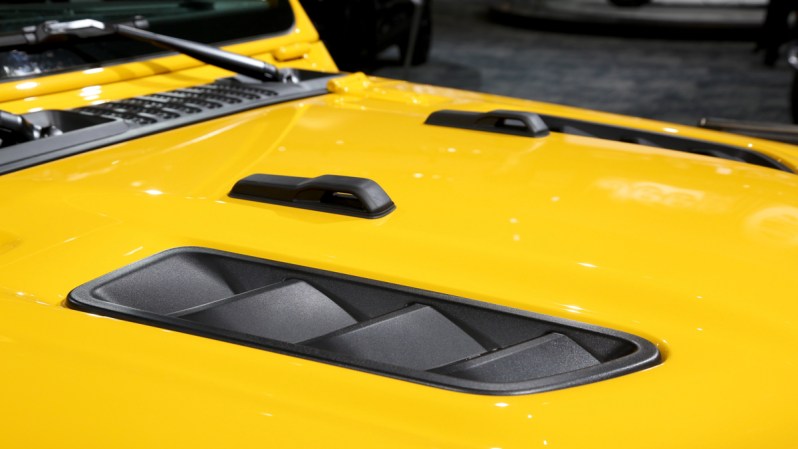
Under the hood, the good times roll on. A trio of new engines are available, along with a coupling of updated transmissions. The base motor is Chrysler’s Pentastar V6, good for 285 horsepower and 260 pound-feet of torque. This engine can be paired to either a six-speed manual or an eight-speed automatic. From there, drivers can choose either a 2.0-liter turbocharged and e-assisted four-cylinder making 270hp and 295 lb-ft of torque, or a 3.0-liter turbodiesel making 260hp and an immense 442 lb-ft of torque. Both engines are mated exclusively to an eight-speed automatic. A plug-in hybrid Wrangler is also coming in 2020.
4WD Equipment
Sport, Sport S and Sahara models get the Command-Trac NV241 four-wheel-drive transfer case with a 2.72:1 low range. A Dana 30 front and Dana 35 rear axle is standard, with a Trac-Lok limited-slip rear differential available for extra coin. Sahara models can also opt for the Selec-Trac transfer case (with permanent 4WD) — a first for the Wrangler. Rubicons get the most serious off-road hardware, including Dana 44 axles front and rear with 4.10 gearing, and a Rock-Trac transfer case with 4:1 low-range gearing and Tru-Lok electronic locking differentials. There’s also an electronic disconnect for the front sway bars.
Phew! It’s a lot to take in, and there’s still a bunch of minor details we didn’t cover, but this new Wrangler seems to improve on every detail of the JK while offering the same great looks and capability Jeep lovers expect.
Pricing and Trims
Jeep hasn’t shared its full breakdown on trims and pricing, but we do have all the details for JL’s equipped with the 3.6-liter Pentastar V6 engine. Entry-level two-door Sport models with manual windows and locks, 17-inch steel wheels, and 245/75 Michelin LTX MS2 or Bridgestone Dueler H/T tires start the bidding at $28,190 — an increase of $4,100 over the 2019 Wrangler JK Sport. If you need a touch more convenience and comfort, the Sport S adds power windows and locks, air conditioning, power heated mirrors, keyless entry, 17-inch aluminum wheels, and a few more goodies for $31,390. Adding significant hardware, the Rubicon two-door includes rock rail sliders, unique 17-inch wheels clad in 255/75R-17 BFGoodrich KO2 all-terrain tires, and styling bits for $38,190.
With more space and versatility than before, the Jeep Wrangler JL four-door (the “Unlimited” name has been dropped for 2018) will almost certainly outsell its two-door counterpart. With the same features as the two-door, the Wrangler JL four-door Sport costs $31,690, and the four-door Sport S checks in at $34,890. Slotted between the Sport S and Rubicon is the four-door-only Sahara. Features of the $38,450 Sahara include body color-matching fender flares, tubular side steps, 18-inch aluminum wheels, a unique grille insert, automatic headlights, and more. Sitting atop the full Wrangler JL range is the four-door Rubicon, priced at $41,690.
We’re still waiting on pricing for Wrangler JL models equipped with the new 2.0-liter eTorque turbocharged four-cylinder and will update this post as soon as those figures are released.
Check out our other favorite reveals from the 2017 LA Auto Show.
Images by Miles Branman/The Manual.
